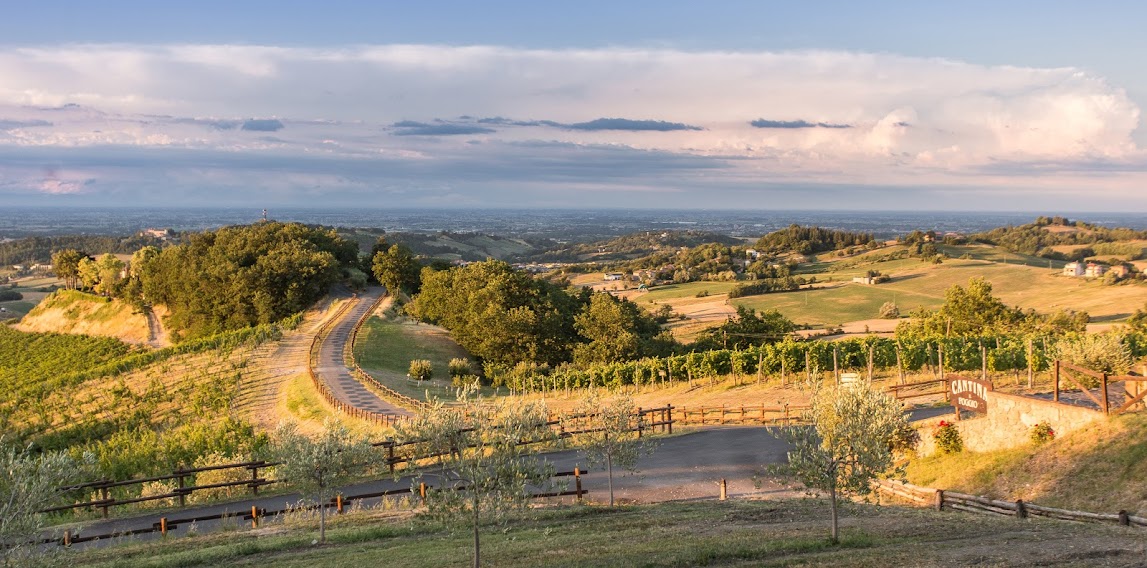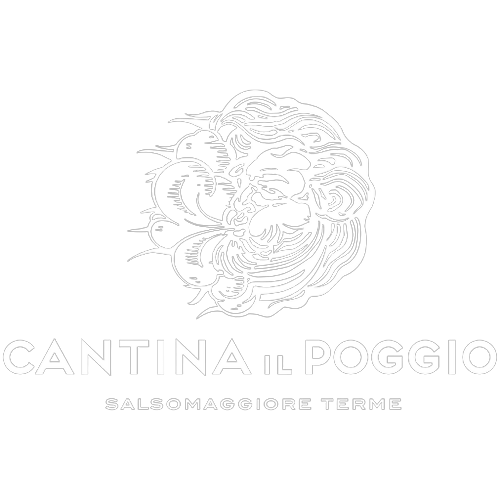Pre-Phylloxera Wines and Why You Need to Try Them
Pre-Phylloxera wines and why you need to try them
During the Industrial Revolution, with the increase of the population worldwide and the intensification of transportation, especially by sea, the first activities of exporting and importing several food products began mainly from the New World.
Legend has it that a noble European woman saw an American vine plant that pleasantly adorned the exterior of a plantation house in the southern United States and fell in love with it. She wanted it at all costs in her country house in Provence, France.
We don’t really know the exact reason that led America to export the American vine to Europe, but with it, the Phylloxera also arrived.
Phylloxera is an insect that belongs to the family of aphids that attacks the roots of the European vine and causes its death within two to three years. Not only it devastated most of the vineyards in Europe but also brought about a radical change in wine production.
Nowadays, in Italy, we still have some pre-Phylloxera vines, especially in areas with sandy soil, due to the aphid, in this type of soil., cannot complete its life cycle.
Let’s discover together which grape varieties and areas in Italy have endured this calamity the most. But first, a short lesson in viticulture 🤓
How Phylloxera Attacks the Vine
At that time, the demand for American grapevine rootstocks skyrocketed in Europe because it had been observed in the New World that they were more resistant to diseases, such as downy mildew and powdery mildew.
Thus, they were imported to Europe, and along with them the Phylloxera, which attacks the roots of European vines. It began its devastation from France, in the Bordeaux region.
Italian winemakers benefited from the misfortune of their French colleagues, and there was an immediate surge in demand for Italian wines. However, the good news didn’t last long: soon, Phylloxera also attacked Italy, Spain, and Germany, permanently destroying viticulture as it had been known until then.
Undeterred, the vineyard men and the winemakers began studying different ways to defeat and kill this demon, by adopting measures such as drowning through river diversion, but unfortunately without results.
After many years, it was realized that some American vines were immune to Phylloxera, so the technique of grafting quickly spread. American vines roots grafted onto the upper part of European ones although, unfortunately, many indigenous varieties have been lost forever.
Vine Varieties Surviving Phylloxera
If you are curious and want to embark on a journey to discover those vines that survived the Phylloxera epidemic, down below you are going to find a list of the wines and producers that hold an immeasurable value, belonging to our ancestors. If you have the opportunity to taste them, don’t let it slip away!
Barolo Otin Fiorin – Pie’ Franco Cappellano 2017 (Piedmont)
The first label we want to talk about is Barolo Otin Fiorin, a “ungrafted” wine by Teobaldo Cappellano. It is a full body and dynamic wine made of old vines from the Gabutti cru.
Mr Cappellano believed that the practice of grafting onto American rootstocks began in Europe around 1850, before the vineyards were devastated by Phylloxera. He deduced that American vines might have been the cause and later the cure.
Made exclusively from Nebbiolo grapes, the fermentation process does not include the addition of yeasts. A refinement of 18 months in large oak barrels ensures that the varietal is never overwhelmed by woody notes.
Blanc de Morgex et de la Salle – Ermes Pavese – Valle d’Aosta DOP
I have personally tasted a wine from the Ermes Pavese winery, curious about the aromas and flavors of the highest vine variety in Europe. However, at the time, I didn’t know it was also a pre-phylloxera wine.
Thanks to a combination of altitude reaching up to 1200 meters and sandy mountain soil, Phylloxera didn’t find a comfortable environment and continued its journey towards milder climates.
The super vine variety, resistant to the attack, is the Prié de Blanc, probably originating from Savoy region. It is characterized by a distinct acidity that makes it perfect for drying and sparkling wine production. With Prié de Blanc it is also possible to produce Ice Wine, by harvesting the grapes at the end of December.
Rossese Dolceacqua DOC “Beragna” from Azienda Agricola Ka Mancine (Liguria)
On the border with France, in the province of Imperia, we find Ka Mancine Winery. With a centuries-old history, it boasts 3 terraced hectares (have a look heroic viticulture), bush-trained vines, and a total production of 20,000 bottles, vinified with minimal intervention in the cellar.
Their pre-phylloxera wine is called Rossese Dolceacqua DOC Beragna, a cru produced from vines over 100 years old, on a calcareous-marl soil with the presence of schists (metamorphic rocks prone to splitting), facing north-east.
The exposure greatly helps in a period like this, where the climate is no longer something certain and secure, and in the absence wood barrel aging, the final product aims for finesse and elegance, appealing more to the taste of modern consumers.
Vigna Le Nicchie – Prephylloxera Tempranillo – Pietro Beconcini Agricola (Tuscany)
Tempranillo is a spanish vine, but Pietro Beconcini Agricola has discovered several vine rows in San Miniato, in the province of Pisa.
Centuries ago, many pilgrims set out from all over Europe to reach Rome, leaving their sign along the way, often a grapevine. Once again, we find a soil with a significant presence of schist, which forms the solid foundation of a predominantly clay soil.
This bottle is the result of numerous studies and researches to understand the best method of showcasing this grape, and Pietro Beconcini (if you want my humble opinion) has achieved perfection.
An early harvest, grape drying, extended fermentation, appropriate and necessary maceration, a blend of French and American oak barrels, along with passion and curiosity, all while continuously striving for improvement.
But, most important, time: four years in the bottle (including the previous two years in barrels) are necessary and intentional before the sale. Blue and violet reflections (typical of the grape), dense, creamy notes typical of oak, fine, elegant, and silky tannins—a wine that leaves a lasting impression.
Etna Rosso Cosentino – Massimo Lentsch (Sicily)
Do you know another place where Phylloxera has no power? At the foot of a vulcan, specifically Etna.
Vigna Cosentino is a wine made from vines up to 250 years old, arranged on terraces fortified by dry stone walls made of lava rock. With an altitude of 750 meters, it is nestled in the heart of Contrada Feudo di Mezzo, a region recognized for producing the finest wines of Mount Etna.
Resulting from 100% Nerello Mascalese grapes, Cosentino by Massimo Lentsch matures in oak wood for 15 months, which gives it roundness without overpowering the salinity and minerality typical of vulcan viticulture.
Why should you drink pre-Phylloxera wines?
The real question is: why not?
The ungrafted vines that have survived Phylloxera (for various reasons, certain or uncertain) are the wines of our ancestors who cultivated the world’s finest grapes, which have been lost forever due to the will of nature.
These few remaining samples and the wineries capable of realizing their potential deserve recognition are gold, especially for wine lovers and wine experts. It is necessary to understand the deepest roots of European viticulture.
When you open a bottle, you also open the doors to History, knowledge, and the labor that lies behind such an important process.
Today, we have recommended a few bottles to you, but the best advice is to lace up your shoes, the ones with the right soles, and embark on a journey to discover your past and how you arrived here today.
Then, uncork that bottle and savor the taste of a lost time, which left behind true masterpieces upon its ruins.




